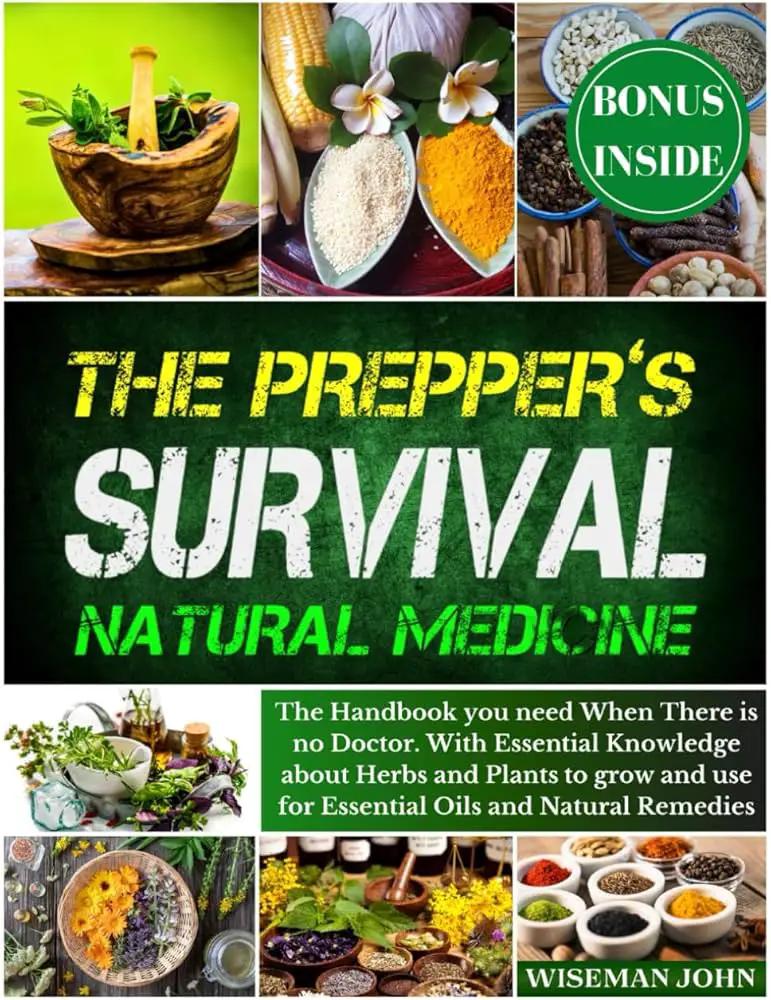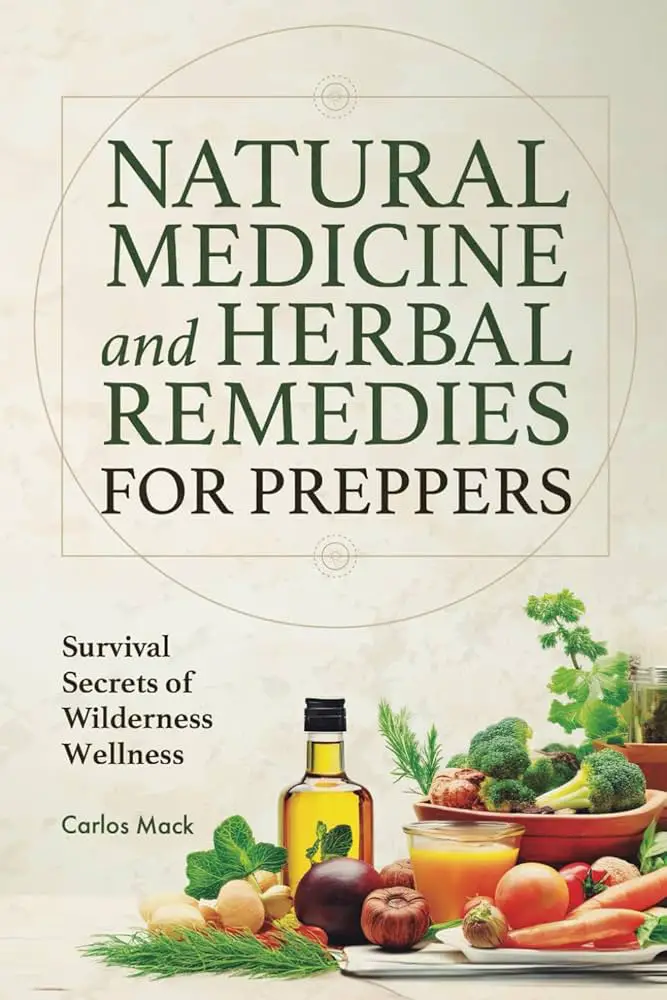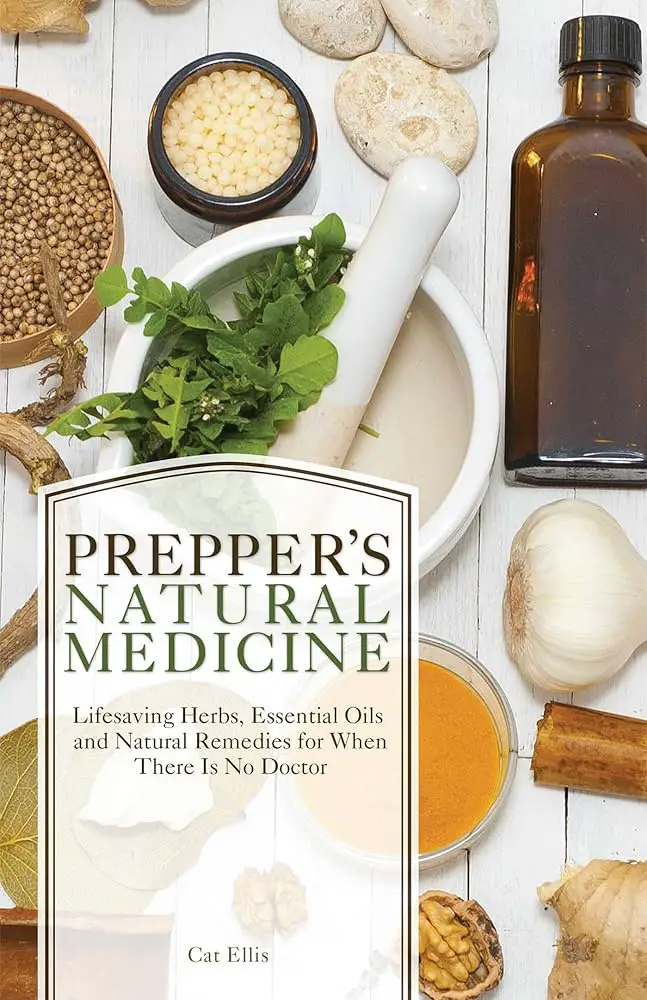Are You Prepared for Alternative Medicine and Healing Practices?
Have you ever considered what you would do in case of an emergency when traditional medical care isn’t available? In times of crisis, having knowledge of alternative medicine and healing practices can be invaluable. This comprehensive guide will provide you with essential information on alternative therapies and treatments that you can use to take care of yourself and your loved ones in difficult situations.
Understanding Alternative Medicine
Alternative medicine encompasses a wide range of therapies and practices that are not considered part of conventional medicine. These include techniques such as herbal remedies, acupuncture, homeopathy, naturopathy, and more. While alternative medicine is often considered unconventional, it has been used for centuries in various cultures around the world to treat and prevent a wide range of ailments.
The Benefits of Alternative Medicine
One of the main advantages of alternative medicine is that it focuses on treating the root cause of health issues rather than just the symptoms. By addressing the underlying imbalances in the body, alternative therapies can promote long-term healing and overall wellness. Additionally, many alternative treatments are natural and non-invasive, making them gentle on the body and suitable for people of all ages.

Types of Alternative Medicine
There are numerous types of alternative medicine practices that you can explore to enhance your health and well-being. Here are some of the most popular options:
Herbal Medicine
Herbal medicine uses plants and plant extracts to promote healing and balance in the body. Many herbs have medicinal properties that can help with various health issues, such as inflammation, digestive problems, anxiety, and more. Herbal remedies can be taken orally, applied topically, or used in aromatherapy to achieve therapeutic effects.
Acupuncture
Acupuncture is an ancient Chinese therapy that involves inserting thin needles into specific points on the body to stimulate energy flow and restore balance. This practice is based on the concept of Qi, or vital energy, flowing through meridians in the body. Acupuncture is commonly used to relieve pain, reduce stress, and improve overall health and well-being.
Homeopathy
Homeopathy is a system of medicine that uses highly diluted substances to trigger the body’s natural healing mechanisms. This practice is based on the principle of “like cures like,” meaning that a substance that causes symptoms in a healthy person can be used to treat similar symptoms in an ill person. Homeopathic remedies are gentle and safe, making them suitable for people of all ages.
Naturopathy
Naturopathy is a holistic approach to health and healing that focuses on using natural therapies to support the body’s innate ability to heal itself. Naturopathic practitioners may use a combination of nutrition, herbal medicine, hydrotherapy, lifestyle counseling, and other techniques to address a wide range of health issues. Naturopathy emphasizes prevention and education to help individuals achieve optimal health.
Chiropractic Care
Chiropractic care is a form of alternative medicine that focuses on the relationship between the spine and the nervous system. Chiropractors use spinal adjustments and manipulations to realign the spine and improve nerve function, which can help alleviate pain, improve mobility, and enhance overall health. Chiropractic care is commonly used to treat back pain, neck pain, headaches, and other musculoskeletal conditions.
How to Incorporate Alternative Medicine Into Your Daily Routine
Integrating alternative medicine practices into your daily routine can help you maintain optimal health and well-being. Here are some tips to help you get started:
Research Different Therapies
Take the time to explore different alternative medicine practices and therapies to find the ones that resonate with you. Consider consulting with a qualified practitioner to get personalized recommendations and guidance on how to incorporate these therapies into your life.
Start With Small Changes
You don’t have to overhaul your entire lifestyle to incorporate alternative medicine into your routine. Start by making small changes, such as adding herbal teas to your daily routine, trying acupuncture for pain relief, or practicing meditation for stress management. Gradually introduce new therapies and practices to see what works best for you.
Create a Wellness Plan
Develop a wellness plan that outlines your health goals and the alternative medicine practices you want to incorporate into your routine. Set realistic objectives and make a schedule for when you will engage in each therapy. Keep track of your progress and make adjustments as needed to ensure that you are consistently working towards your health and wellness goals.
Seek Professional Guidance
When incorporating alternative medicine practices into your routine, it’s essential to seek guidance from qualified practitioners who can provide you with expert advice and support. Consider working with an herbalist, acupuncturist, naturopath, chiropractor, or other alternative medicine provider to ensure that you are using these therapies safely and effectively.

Common Misconceptions About Alternative Medicine
Despite its numerous benefits, alternative medicine is often misunderstood and misrepresented in mainstream society. Here are some common misconceptions about alternative medicine that you should be aware of:
Alternative Medicine Is “New Age” Nonsense
One of the most significant misconceptions about alternative medicine is that it is based on pseudoscience and lacks empirical evidence to support its effectiveness. In reality, many alternative therapies have been used for centuries in various cultures and have a strong foundation in traditional knowledge and practices. While some alternative therapies may not have as much scientific evidence as conventional medicine, many people find them to be beneficial for their health and well-being.
Alternative Medicine Is Expensive and Inaccessible
Another misconception about alternative medicine is that it is only for the wealthy or privileged few. While some alternative therapies can be costly, there are many affordable options available, such as herbal remedies, dietary supplements, and self-care practices that can be implemented at home. Additionally, many alternative medicine providers offer sliding scale fees or payment plans to make their services more accessible to a wider range of individuals.
Alternative Medicine Is Incompatible With Conventional Medicine
Some people believe that alternative medicine and conventional medicine are mutually exclusive and cannot be used together. In reality, many individuals choose to integrate alternative therapies into their health care routine alongside conventional treatments to achieve a holistic and comprehensive approach to wellness. By working with both alternative and conventional providers, individuals can address a wide range of health issues and improve their overall quality of life.
Safety Precautions When Using Alternative Medicine
While alternative medicine can be beneficial for your health and well-being, it’s essential to use caution and take safety precautions when exploring new therapies. Here are some tips to help you stay safe when using alternative medicine:
Consult With a Qualified Practitioner
Before trying a new alternative therapy, it’s essential to consult with a qualified practitioner who can assess your health needs and provide personalized recommendations. This will help ensure that the therapy is safe and appropriate for your specific health concerns.
Research the Therapy
Take the time to research the alternative therapy you are considering, including its potential benefits, risks, and side effects. Look for reputable sources of information, such as scientific studies, professional organizations, and peer-reviewed journals, to get an accurate understanding of the therapy’s efficacy and safety.
Start Slowly
When trying a new alternative therapy, start slowly and gradually increase your exposure to the treatment to allow your body to adjust. Pay attention to how you feel during and after the therapy and be mindful of any changes or reactions that occur. If you experience any adverse effects, stop the therapy immediately and consult with a healthcare provider.
Monitor Your Progress
Keep track of your progress when using alternative medicine to see how it affects your health and well-being. Monitor any changes in your symptoms, energy levels, mood, and overall sense of well-being to determine whether the therapy is helping you achieve your health goals. If you have any concerns or questions, don’t hesitate to reach out to your practitioner for guidance.

Conclusion
In conclusion, alternative medicine and healing practices offer a holistic and natural approach to health and wellness that can complement conventional medical care. By incorporating alternative therapies into your daily routine, you can support your body’s innate ability to heal itself and promote long-term well-being. Remember to research different therapies, start small, create a wellness plan, seek professional guidance, and practice safety precautions when using alternative medicine to ensure that you are getting the most benefit from these valuable healing practices. Stay open-minded, curious, and proactive in exploring the world of alternative medicine, and you may discover a whole new realm of possibilities for maintaining optimal health and vitality.
